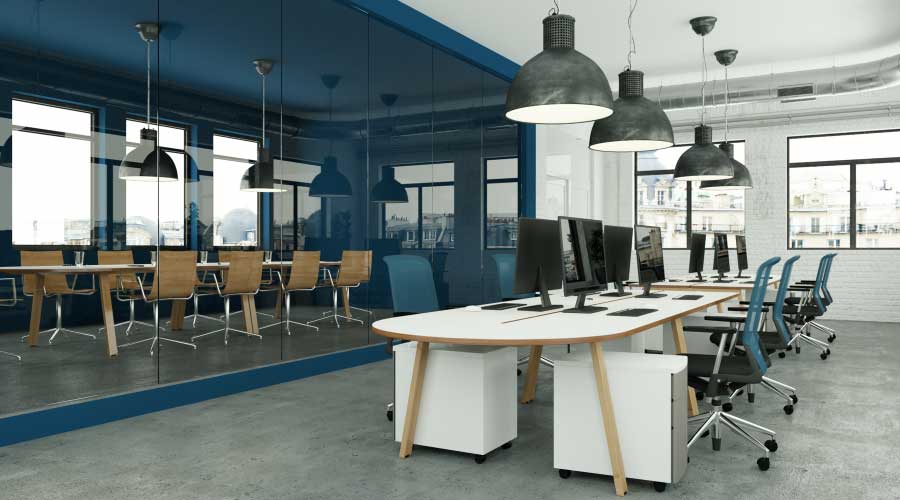Lighting Retrofits: Evaluate Options, Crunch the Numbers
The adage that a penny saved is a penny earned can apply to many maintenance and engineering activities, but it is especially true with lighting retrofits. The important question: How much can managers actually save their organizations with lighting retrofits?
The answer depends on the way an organization crunches the numbers. Consider a lighting retrofit that would require a capital investment of $450,000 and result in annual savings of $150,000 in annual energy savings. The simple payback is three years. But with the Commercial Building Tax Deduction and a possible grant from a local utility, the result could be a lower investment with a higher return. What other factors should managers consider in calculating the real cost and benefits of a retrofit? Is it a good investment compared to other options for the same capital investment?
Weighing the Options
Depending on the facility's age and condition, the lighting upgrade might range from a one-for-one replacement of lamps and ballasts to a complete change-out of lighting equipment. More likely, it will be a combination of the two scenarios. The project also might include adding sophisticated controls, such as occupancy sensors, photocell dimming, or an energy-management system.
Managers should establish all of the project's goals at the outset. Besides saving energy, the goals might include improving security, enhancing the quality of the illuminated environment and reducing maintenance costs. Managers should weigh each potential retrofit option according to how directly it addresses the established goals.
The obvious goal is to plan the retrofit to go after the low-hanging fruit — the easiest, lowest-cost benefits to achieve. But the low-hanging fruit might not be obvious. For instance, an old office building might have a very rigorous layout of light fixtures on a set spacing throughout the building, regardless of the activity in the space below. The building has T12 lamps — recently relamped with 34-watt, energy-saving versions — and magnetic ballasts, and the plan is to change them out, one-for-one, with T8 lamps and electronic ballasts. If each fixture has two lamps, it would change the input watts from 77 to 66, resulting in a 9 percent energy savings and a 3 percent increase in light output. But is that the best buy for the money?
Further analysis could determine if the space really needs that amount of light. Would less light still be adequate? What about glare control? Do occupants complain that the fluorescent lighting gives them a headache? The culprit might not be the fluorescent source but, instead, the glare from the fixture.
What if each fixture provided less light or if the retrofit changed the fixture entirely to one with better glare control? If plans for a private office called for replacing six fixtures with two lamps each with one fixture using four lamps to improve the quality of light and the light level, would the investment be worth it?
Managers have more than a dozen lamp-and-ballast combinations to consider for T8 replacements alone. Each option includes variables, such as lamp life, light output, lamp quantity, starting characteristics of the lamp — important if automatic controls are a possibility — ballast factor, and cost. To take this scenario one step further, managers also might want to compare a T5 lamp in a fixture designed around the smaller-diameter lamp to achieve greater efficiency and greater visual comfort.
Related Topics:












